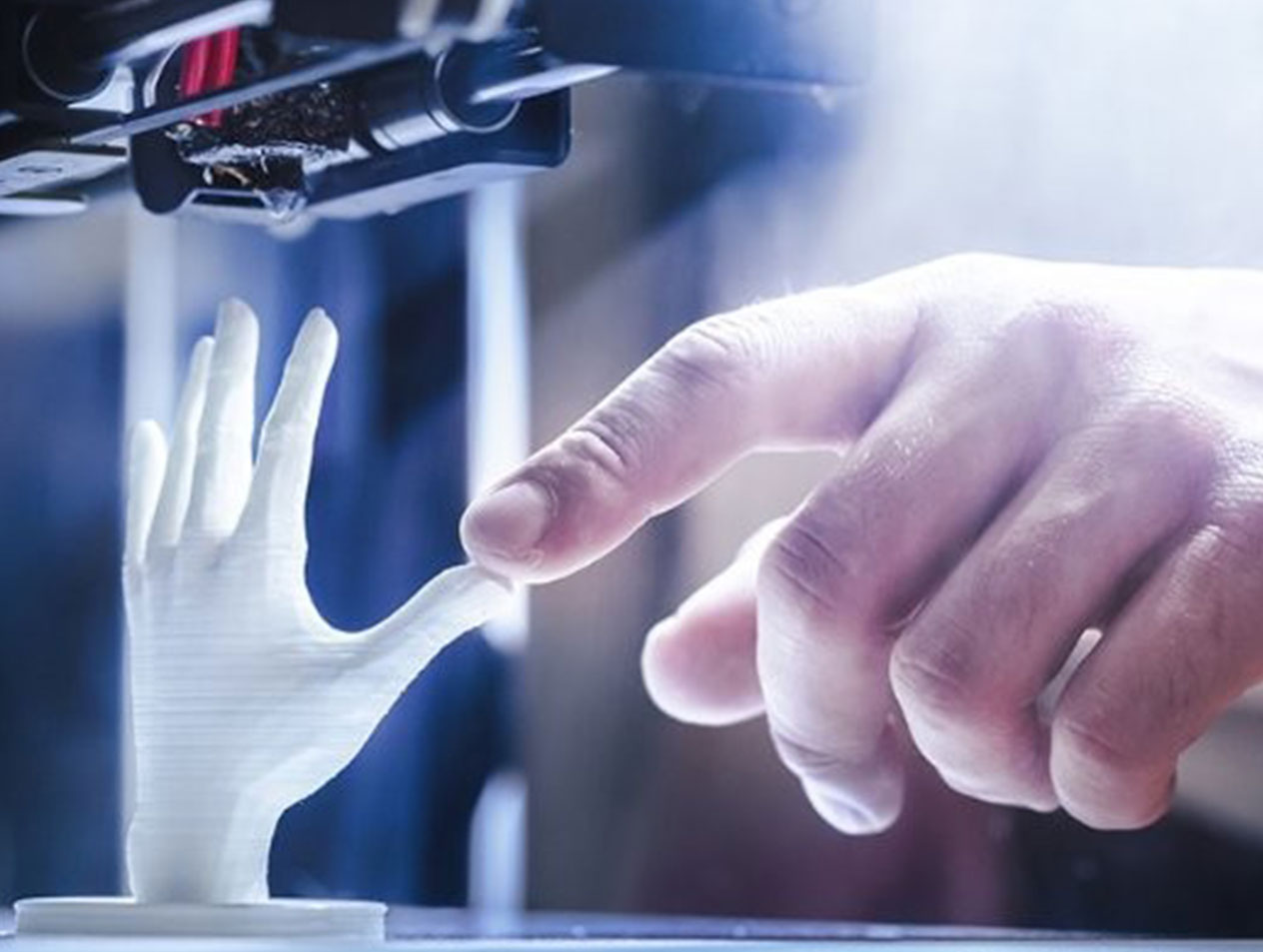3D printing technology is not something new to the healthcare industry. However, the recent advancement and the refinement of this technology is creating new avenues for the industry in providing more personalized care and better performing medical devices.
A wide range of products is manufactured for the medical industry in large quantiles which include prosthetics, organs or medical devices. 3D printing technology, where three -dimensional objects are created by adding successive layers of raw material such as metals, plastics and ceramics with the help of 3D printers, gives greater flexibility to make changes and to produce the final products exactly as required. This flexibility is a distinct advantage over the traditional manufacturing methods where the final products are created by shaping raw material through carving, grinding, moulding etc.
The application of 3D printing in the healthcare industry can be broadly classified into 3 categories.
- Prosthesis – Prosthesis has to be custom made to fit every patient and 3D printing is certainly a boon in this with its ability to produce customized prosthesis quickly which would have taken a lot more time and efforts in a conventional method of manufacturing.
- Apart from the quick turn around time and its cost-effectiveness, 3D printed prostheses can be made complex, even bionic, providing users with an incredibly functional and high-quality prosthesis that has the full range of capabilities that a natural limb possesses. Looking ahead, it appears that these prostheses will only become more advanced in future considering the advancement and refinement in the 3D printing technology, helping those in need of them throughout the world.
- Medical devices – Personalised patient-specific medical devices from surgical instruments to stents, bandages and casts offer significant advantages in the form of faster and less traumatic procedures resulting in better over surgery outcomes. 3D printing technologies are being increasingly used over the conventional methods of manufacturing these medical devices not only because of their customizability and cost-effectiveness but also because of the material like Ultem, PEEK, nylon, stainless steel, nickel and titanium alloys that can be used in making them which can withstand sterilisation and offer better performance.
- Organs – The use of 3D printing for the manufacturing of artificial organs has been a major topic of study in biological engineering. As of now, this technology is still in the research and development stage and a lot more research is still required and is being conducted. Hopefully, the printing of fully functioning organs will be a reality soon which could open a new world of possibilities for the medical field that would immensely benefit patients who need replacement organs.
The use of 3D printing technology in the healthcare industry comes with many advantages. It can be a solution for the ‘one size fits all’ challenge the industry generally faces with regards to the devices, prosthesis which should help in providing more personalized healthcare to individuals. Cost-effectiveness is another significant advantage since 3D printed medical devices are less expensive compared to the ones manufactured using conventional methods. This will provide flexibility to the healthcare service providers since the bulk of these materials can be produced internally by them on demand by setting up a 3D printing studio instead of depending upon external suppliers.
3D printing is set to play a fundamental role in the future of the healthcare industry. Major healthcare industry majors are adopting 3D printing as part of their medical practices and research efforts which is not only helping the advancement of the technology but also rapidly opening other avenues for its like bioprinting and regenerative medicine, ophthalmology and pharmaceuticals. Going by the current trends, it is clear that 3D printing technology has significant potential and is expected to drive an exciting and meaningful transformation to the healthcare industry.

Leave a Reply